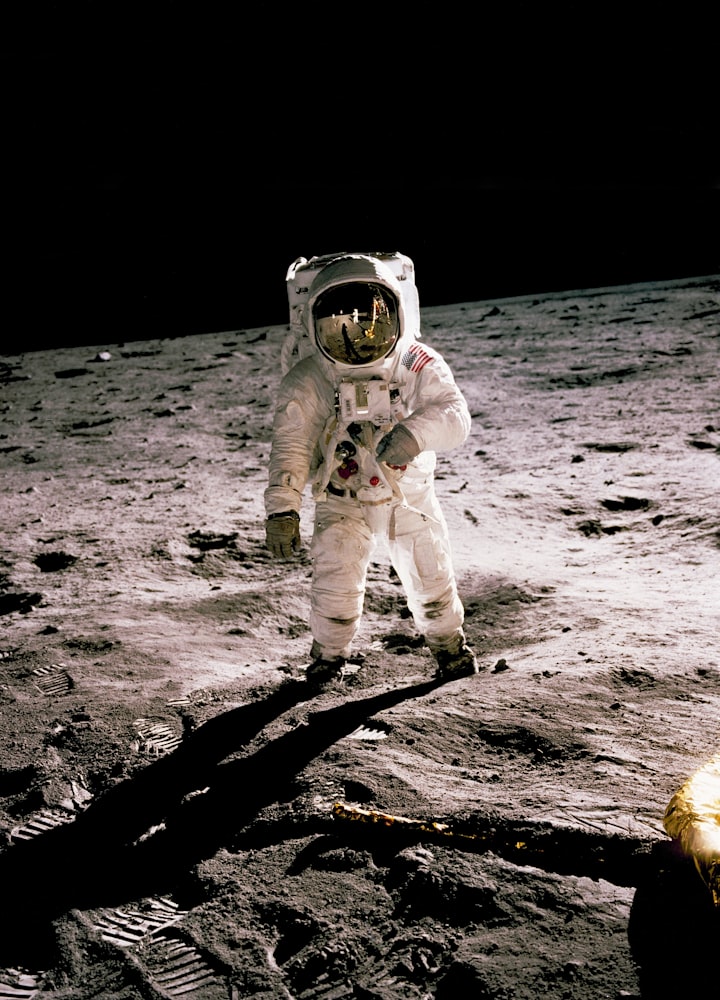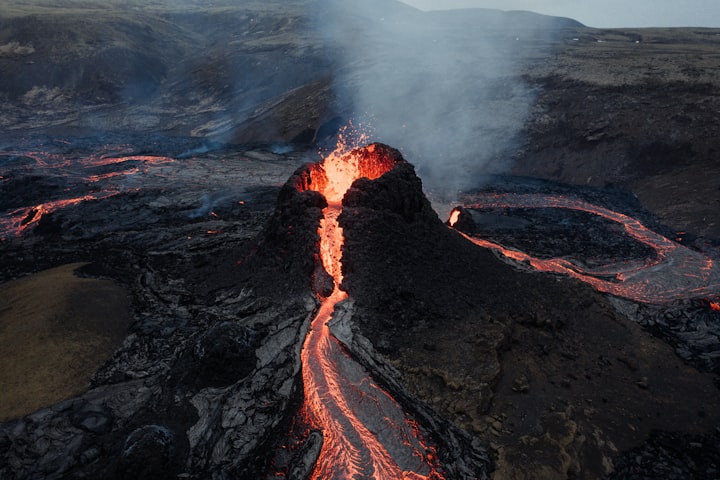First Person To Walk On The Moon Neil Arm Armstrong
Neil Armstrong Life Biography

One of the reasons I wanted to study Hansen's compelling biography was approaching the 50th anniversary of the mission - one of the reasons I wanted to read about Hansen's compelling history of one of America's greatest achievements in the 20th century, the first arrival of the month on July 20, 1969. in the moon and in the back, and it gives a very in-depth look at the person in charge of the project, Neil A. Armstrong.
On July 20, 1969, American astronaut Neil Armstrong made history by becoming the first man to walk on the moon. On this day in 1969, Neil Armstrong stepped out of the lunar eclipse Eagle and became the first person to enter the face of the moon. But before that day he was the first to go down the moon and his way of doing it was still set decades earlier, as a young boy growing up in Ohio.
At the age of 15, he obtained his pilot's license and enrolled in Purdue University after graduating from high school to study aeronautical engineering with a U.S. scholarship.
In 1951 he was sent to the Korean army where he worked, which included emergency evacuation when his plane was hit by a firefight. During the operation, including one where he lost more than six feet [6 m] of his right-wing with an airplane, he proved that under pressure he could make good decisions.
Born in Wapakoneta, Ohio, he learned to drive at the age of 16. He then enrolled at Purdue University in aerospace engineering and worked as a pilot during the Korean War. After graduation, he applied as a pilot for NACA, a high-speed airport at Edwards Air Force Base. During the war, he traveled with 78 machines and returned to Purdue to complete his degree.
Armstrong has flown more than 200 planes in his long career as a pilot, from jets to gliders to helicopters. From 1955 Armstrong worked for the National Advisory Committee on Aeronautics (NACA). He became NASA's pilot then known as the National Advisory Committee for Aeronauts (NACA) and flew the X-15, a rocket-propelled grenade, for experimental missions.
While studying aeronautics engineering, the Korean War erupted in 1950 and brought me 78 pieces of combat equipment. Armstrong's first flight was in March 1966 as a command pilot on a Gemini 8 mission, a mission operated by missions in two Gemini I seats to test space technology.
Armstrong's first assignment as an astronaut was as Gordon Cooper's backup pilot in the Gemini 5 missions. He continued his specialty training in the Gemini investigation and was selected as commander of the Saturn V Gemini 8 mission.
On January 9, 1969, the planned Apollo 11 team was announced with Armstrong as command module driver, Michael Collins, monthly module driver Buzz Aldrin, Jim Lovell, and Anders Fred Haise as backup staff. Armstrong and former pilot David Scott presented at Cape Kennedy and Cape Canaveral, Florida, on March 16, 1966.
According to Kraft, at a March 1969 meeting with Slayton, George Low, and Bob Gilruth, he decided that Armstrong would be the first man of the month, in part because NASA Management considered him to be irreverent. At a press conference on April 14, 1969, Armstrong noted the formation of the LM cabinet as the reason why his explosion exploded from right to inside, enabling LM right-wing pilots to get out of it. As commander of the Apollo 11 campaign on July 20, 1969, he directed his moon fist, which had run out of fuel, to cut through the top of his moon to find a safe place to leave.
After the Apollo 11 mission and the successful lunar eclipse that followed, the Moon test was used as evidence of the possibility of human intervention.
Armstrong and fellow astronaut Buzz Aldrin have returned the first specimens of the moon to Earth to give scientists more details about the formation of the moon and the history of the solar system. The Gemini 8 mission was important, but Armstrong is best known as the Commander of the Apollo 11 mission and as the first man of the month. On the occasion of the 40th anniversary of the Apollo mission, Armstrong said the moon race was a useful distraction from the Cold War.
During his time as Missionary Commander, Armstrong directed the lunar program on July 20, 1969, with Edwin E. "Buzz" Aldrin. After the Apollo 11 mission, Armstrong left the astronaut program to become an assistant flight commander at NASA headquarters in Washington, D.C. He moved with his family to Houston, Texas, where he worked as a commander for his first Gemini VIII organization.
After a year of training, Armstrong entered Indiana at Purdue University in 1947 for Navy studies. After two years of study, he was called up for service in the Navy and defended his first pilot's wing at Pensacola Naval Air Station in Florida. During the Korean War, a civil war between North and South Korea between 1950 and 1953, he accompanied seventy-eight, Chinese troops, to the communist side of North Korea and supported the United States of South Korea.
After serving in the Korean War and graduating from college, Neil Armstrong joined what would later become NASA. He joined the astronaut program in 1962 and was a pilot in his first career in Gemini VIII in 1966.
Neil Alden Armstrong (5. August 1930 - 25 August 2012) was an American astronaut and engineer. He was the first person to be on the moon. He was the captain of the Apollo 11 spacecraft, the first unauthorized monthly campaign, and the first man to sail on the moon. She died in 2012 after undergoing heart surgery in Cincinnati, Ohio.
Neil Alden Armstrong (August 5, 1930 - August 25, 2012) was an American astronomer, aeronautical engineer, and the first man to step on the moon. On July 20, 1969, he and Buzz Aldrin, a spacecraft sent by the Saturn V rocket to the moon, landed on the moon. Armstrong graduated from Purdue University, studied aeronautics and engineering, and his college degrees were paid by the US Navy under the Holloway Plan.
Donald Kent and Deke Slayton of the NASA Chief Astronaut Office were selected as Apollo 11 crewmembers and Neil Armstrong (Gemini 8) was selected to lead the campaign.
About the Creator
Radha Karki
I am very curious ar learning new things, love to read books, paintings, art, and love singing too.





Comments
There are no comments for this story
Be the first to respond and start the conversation.